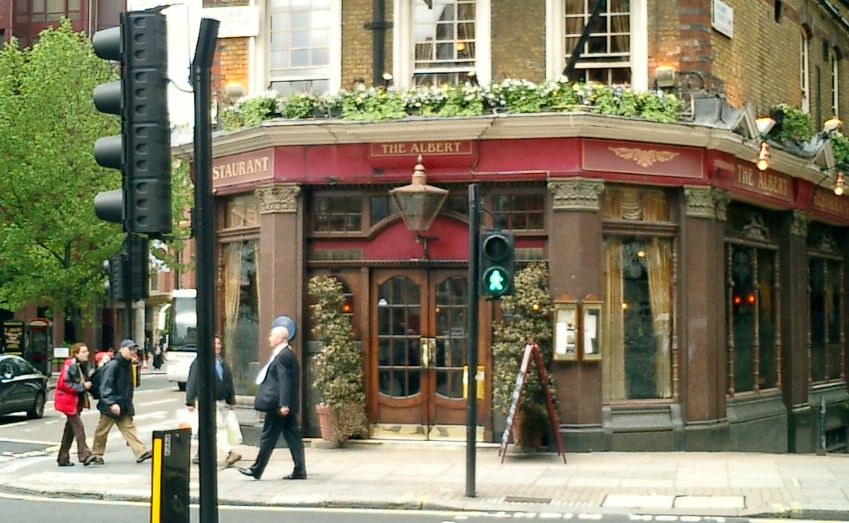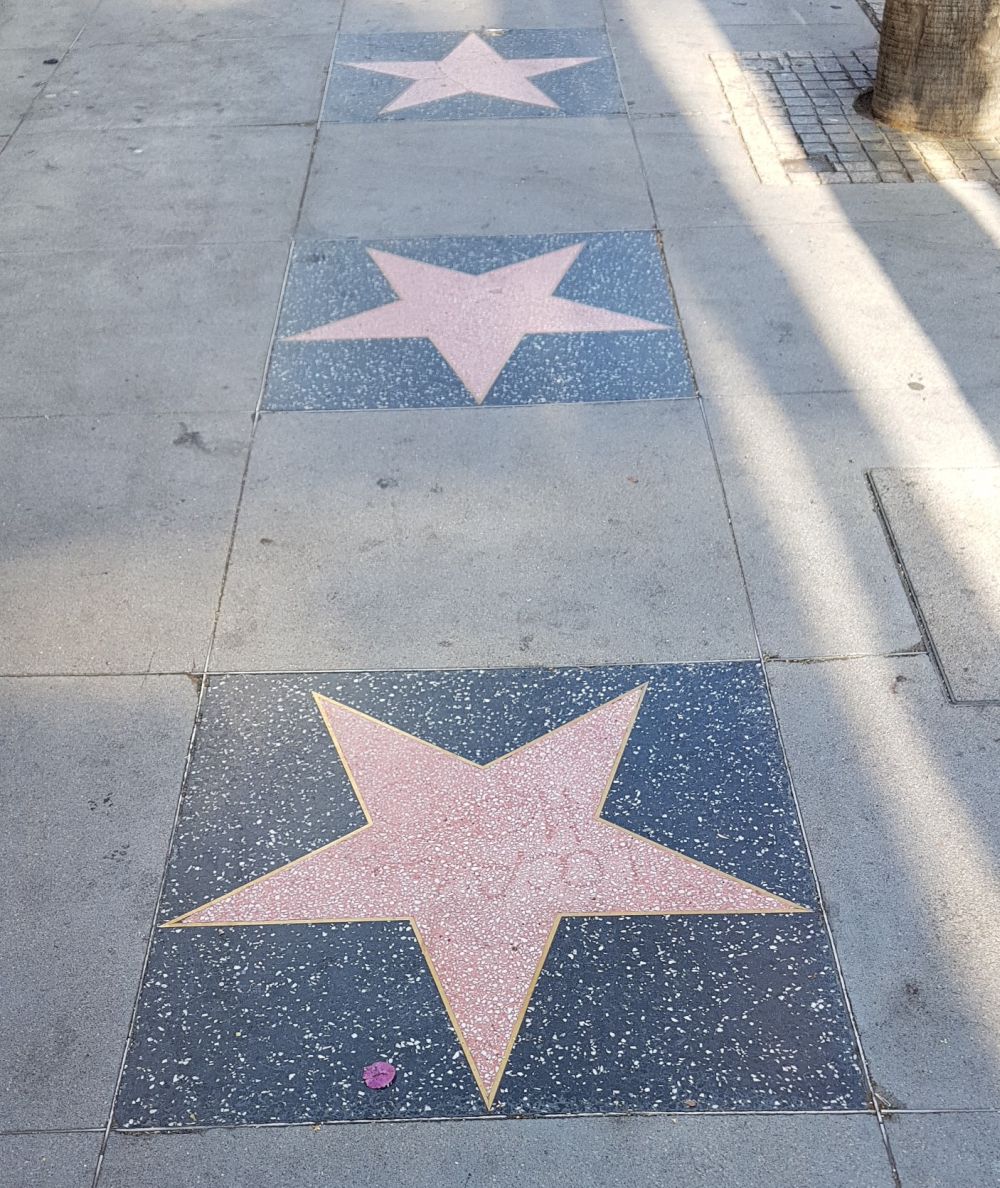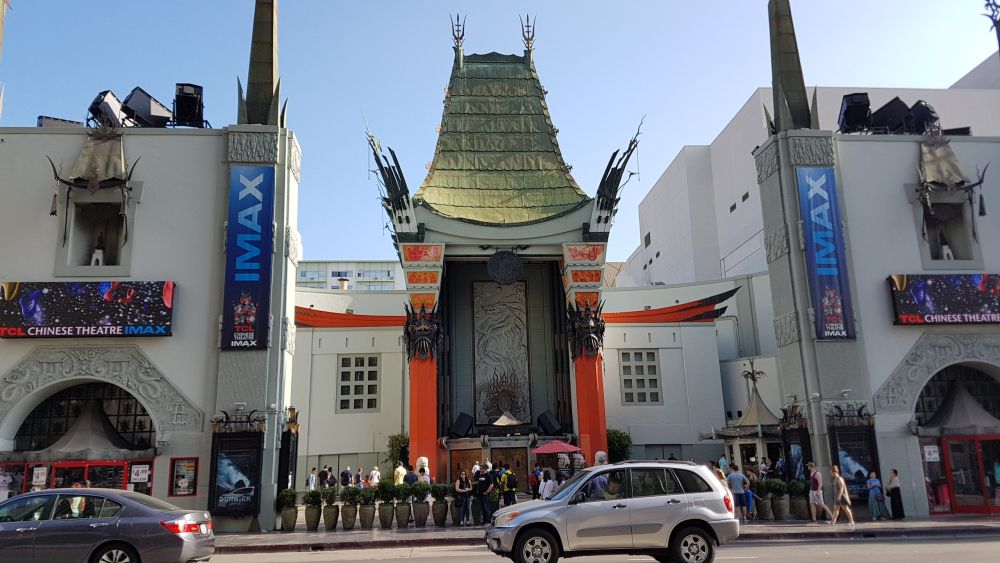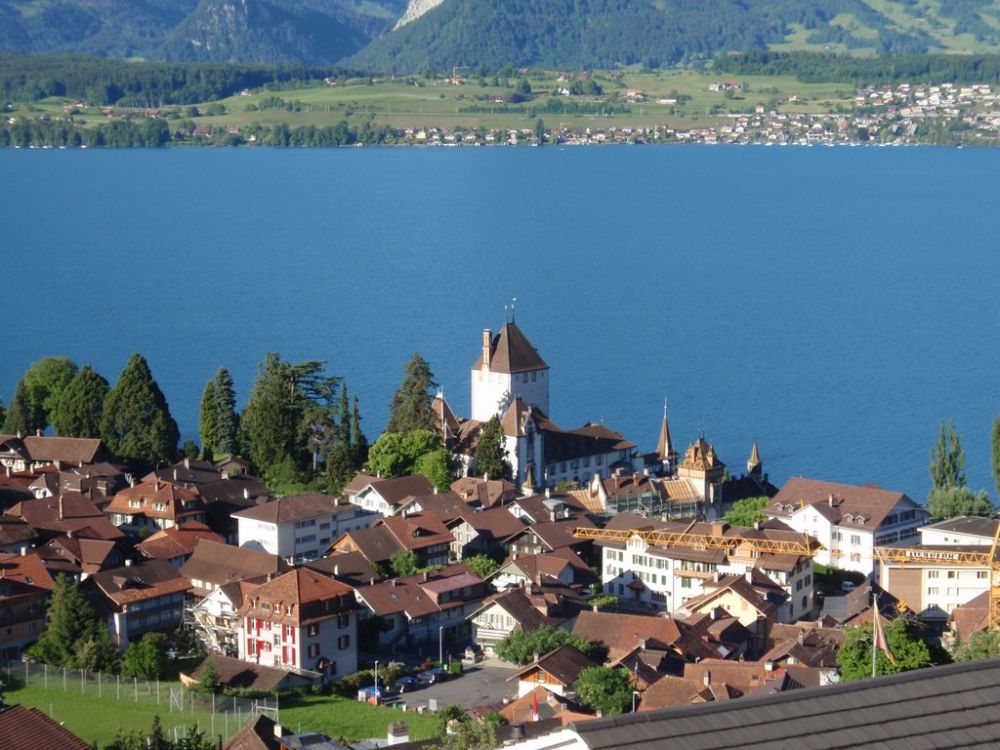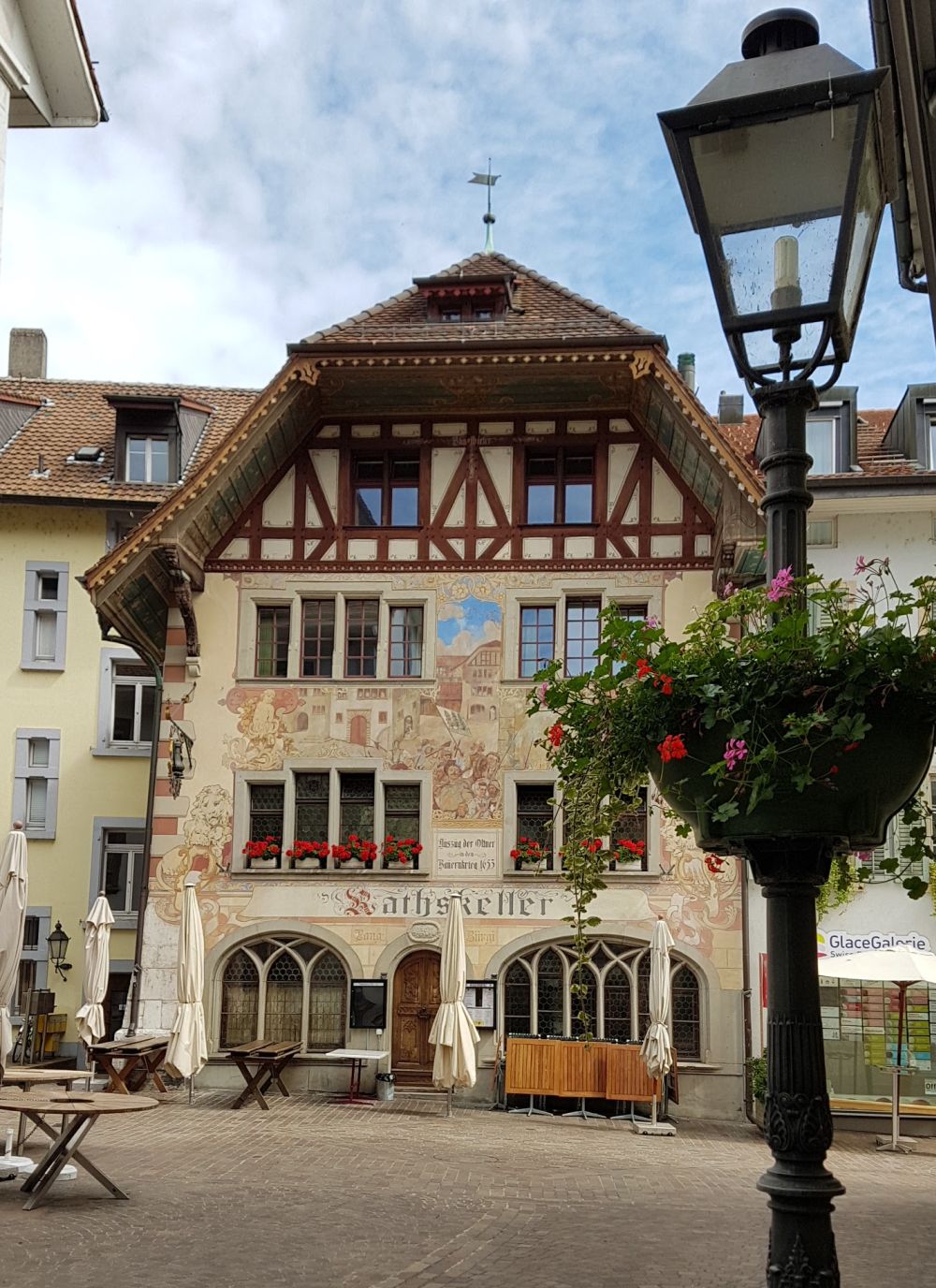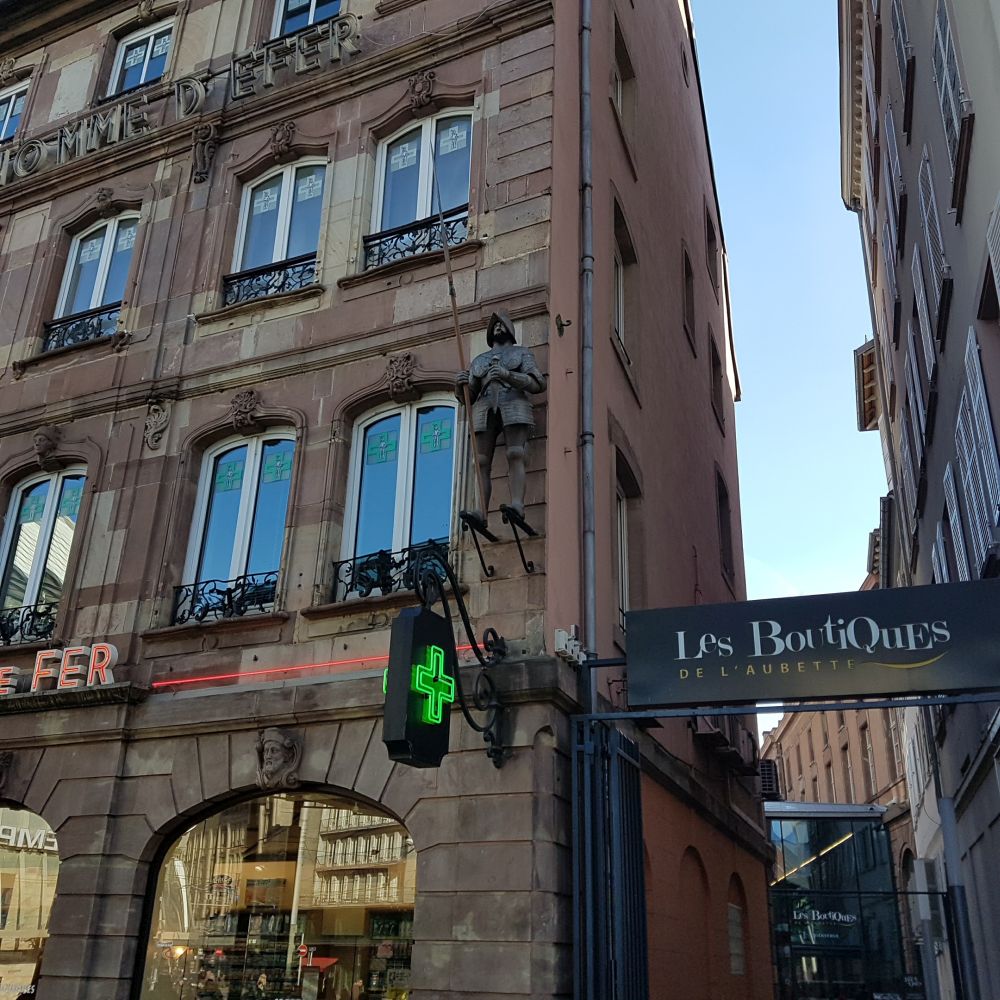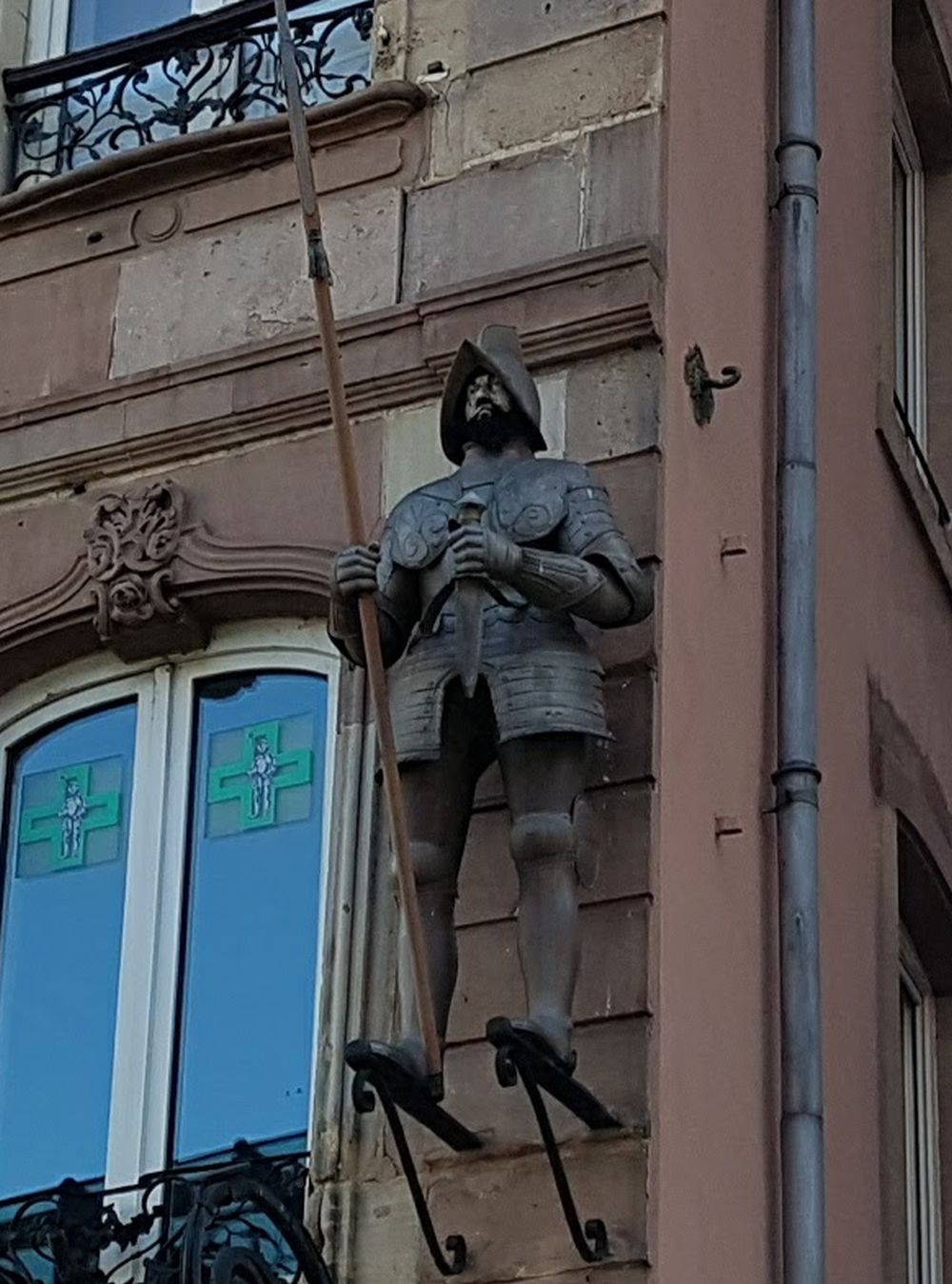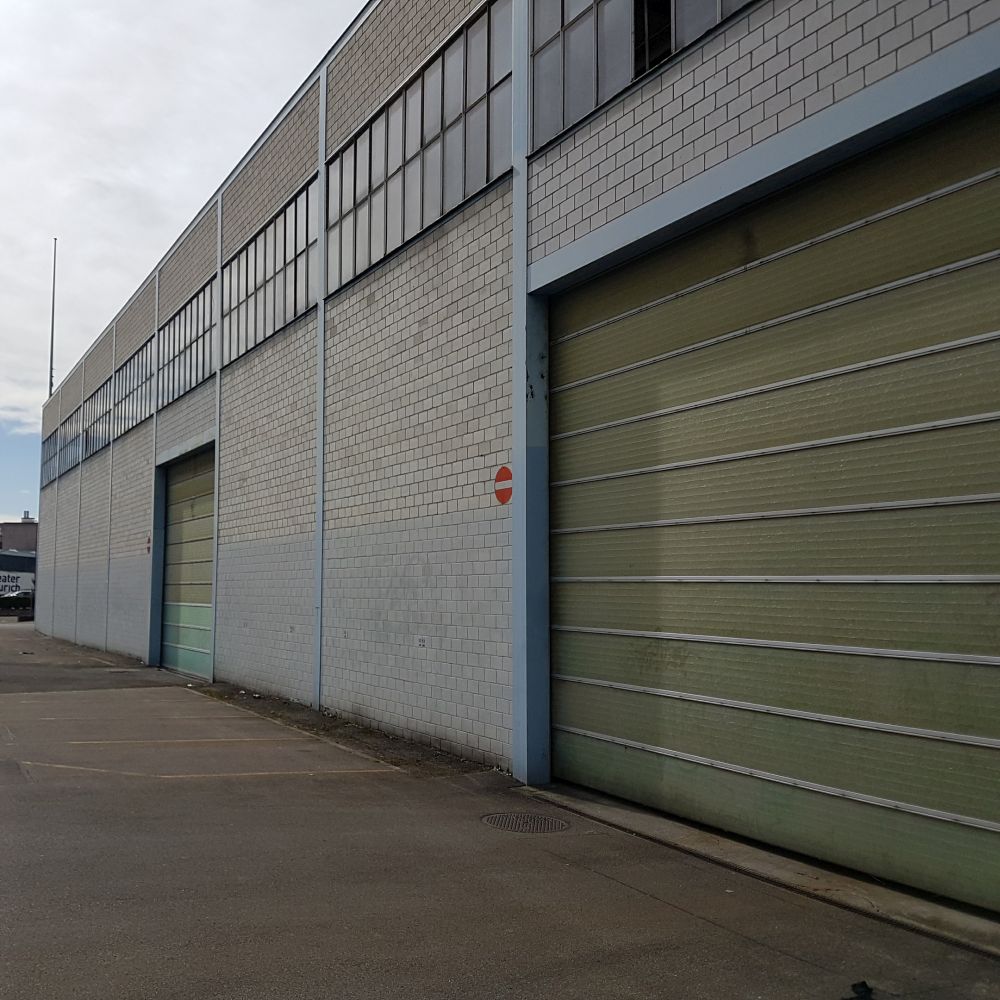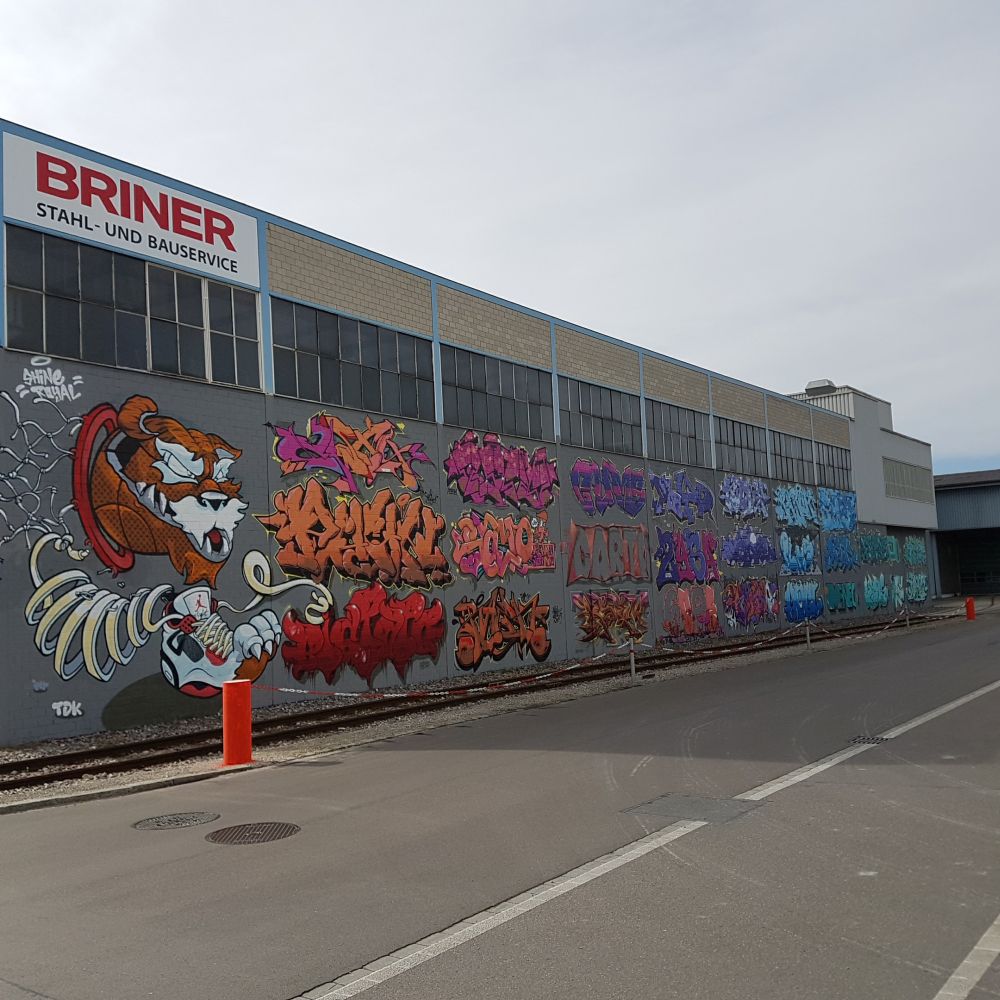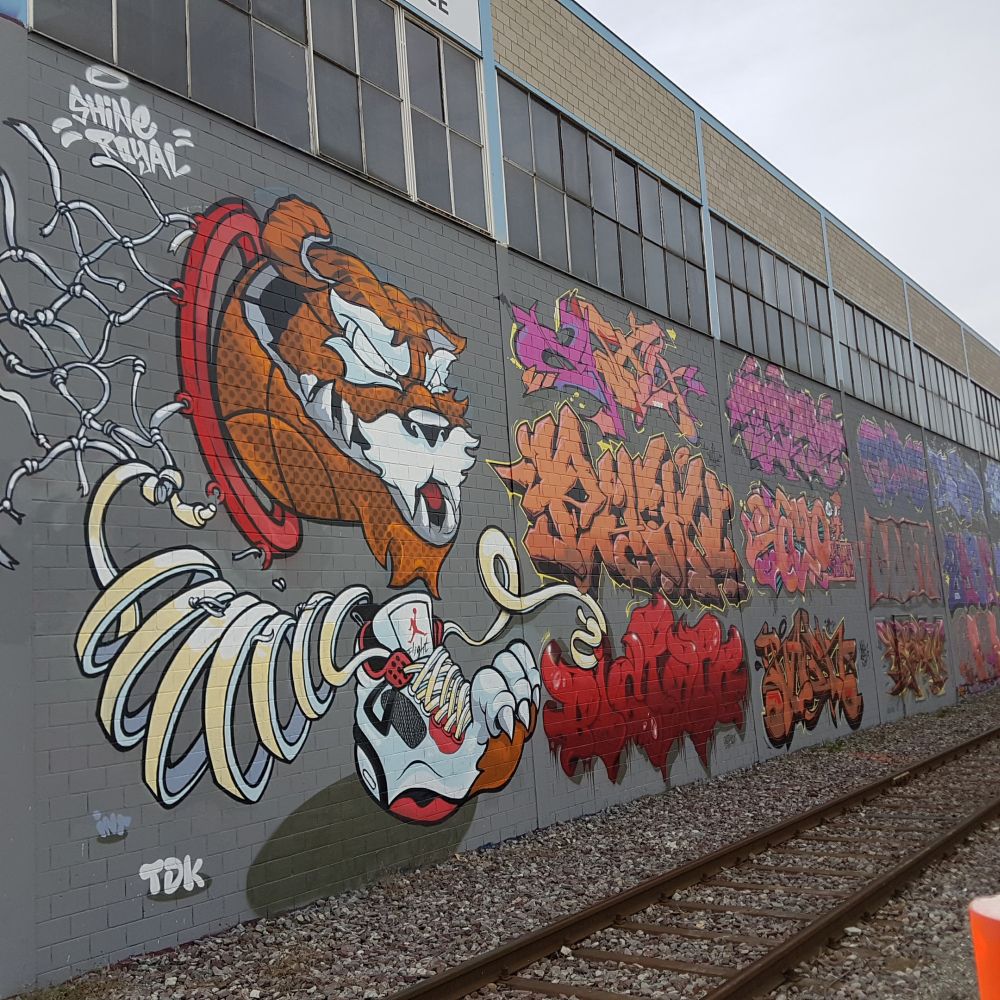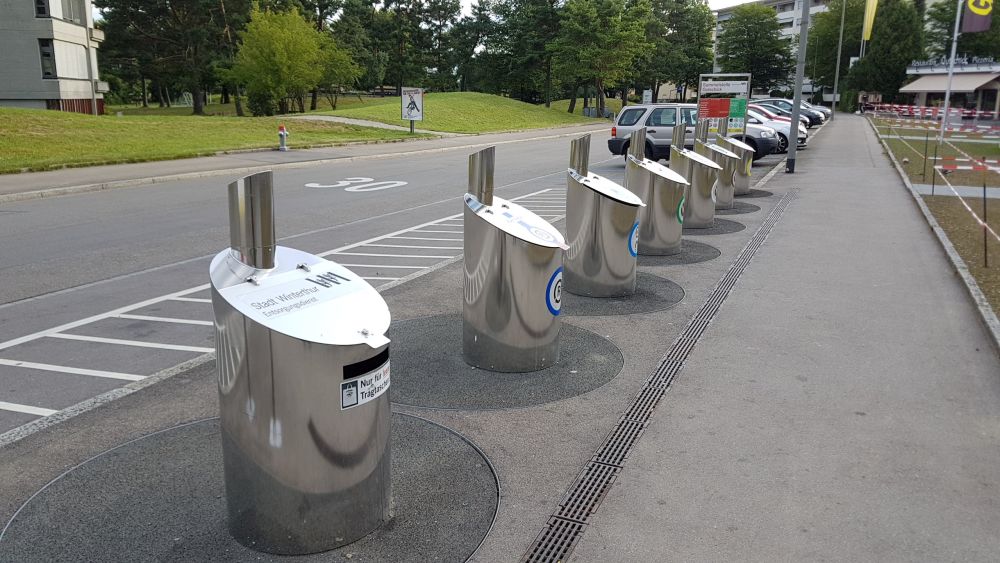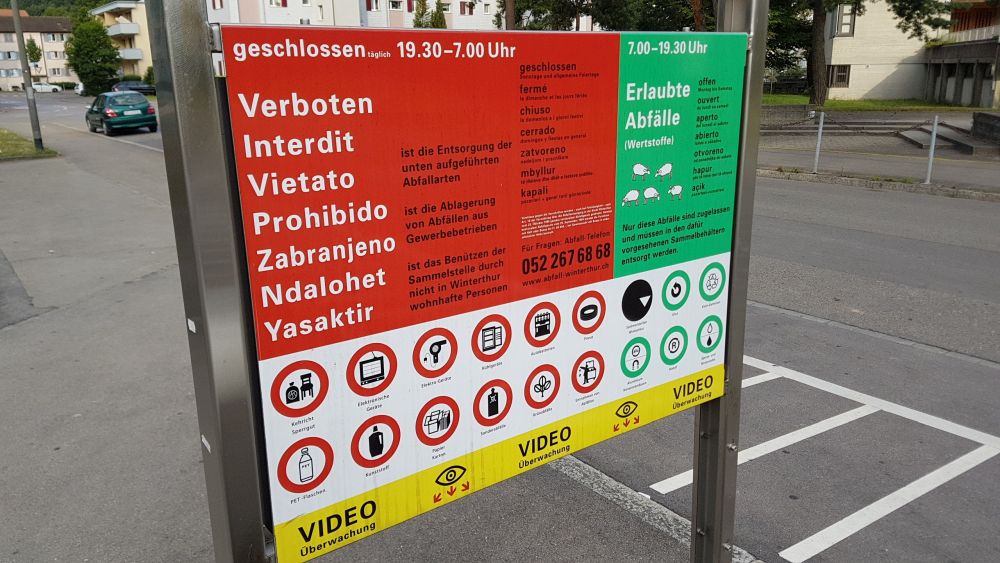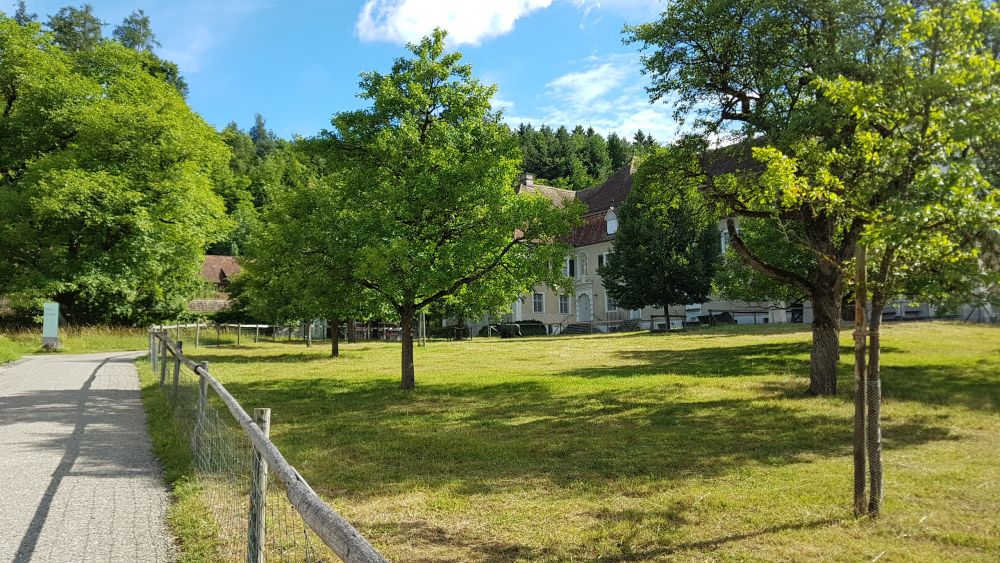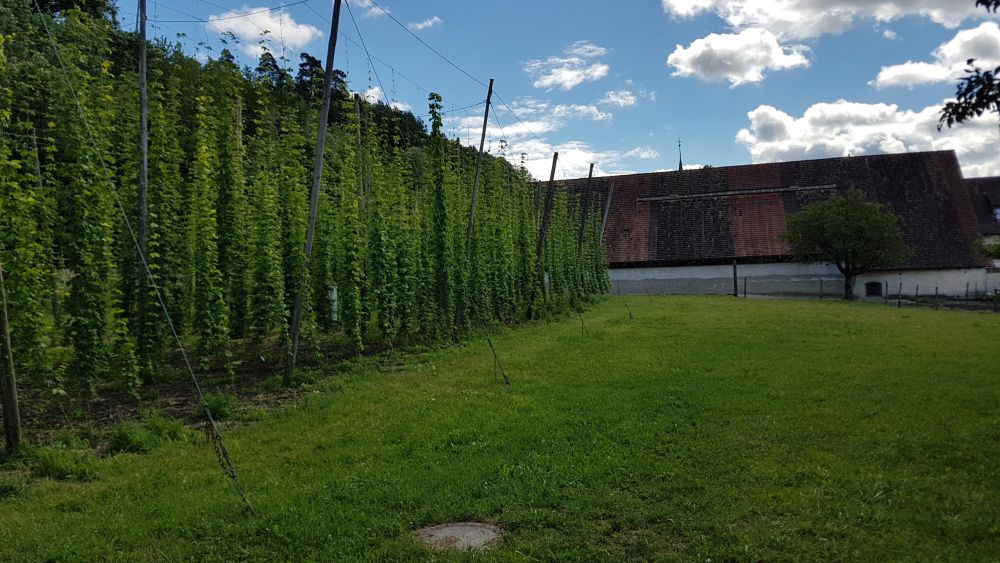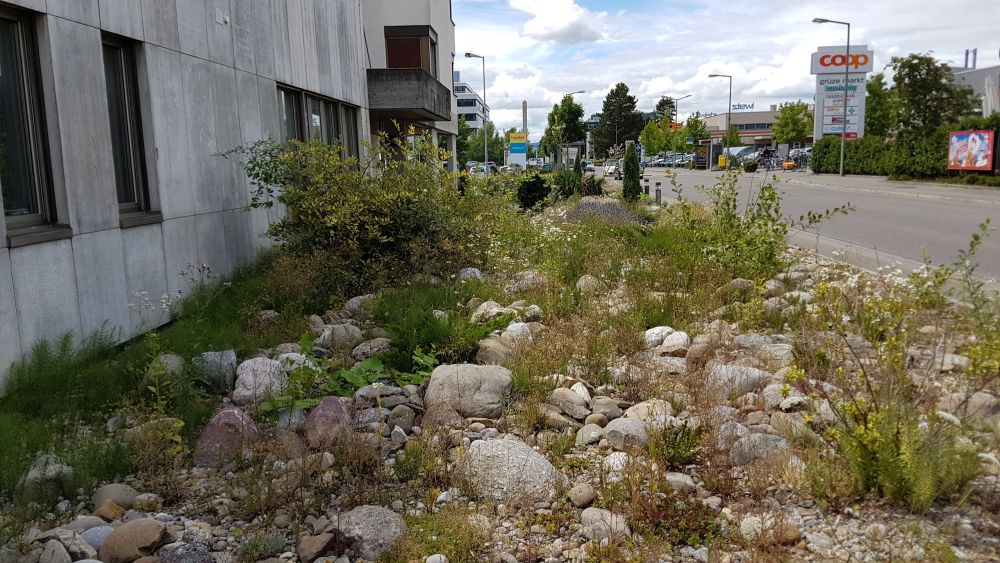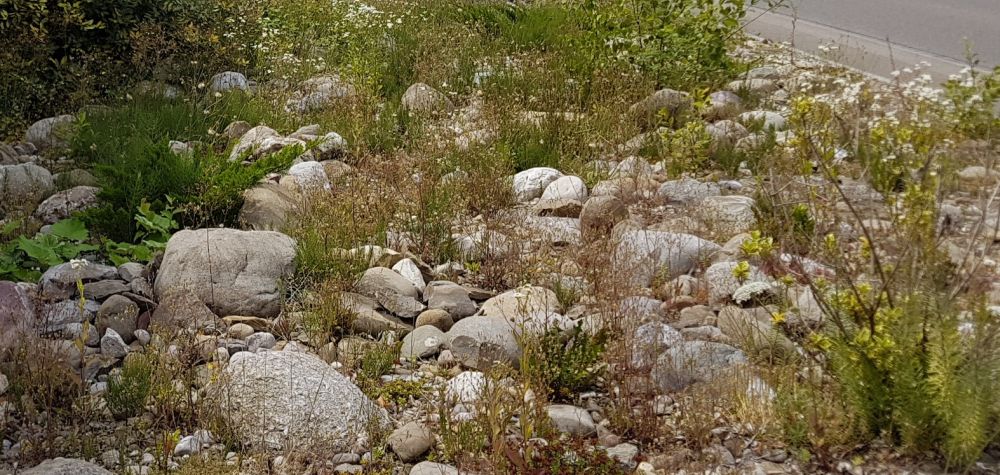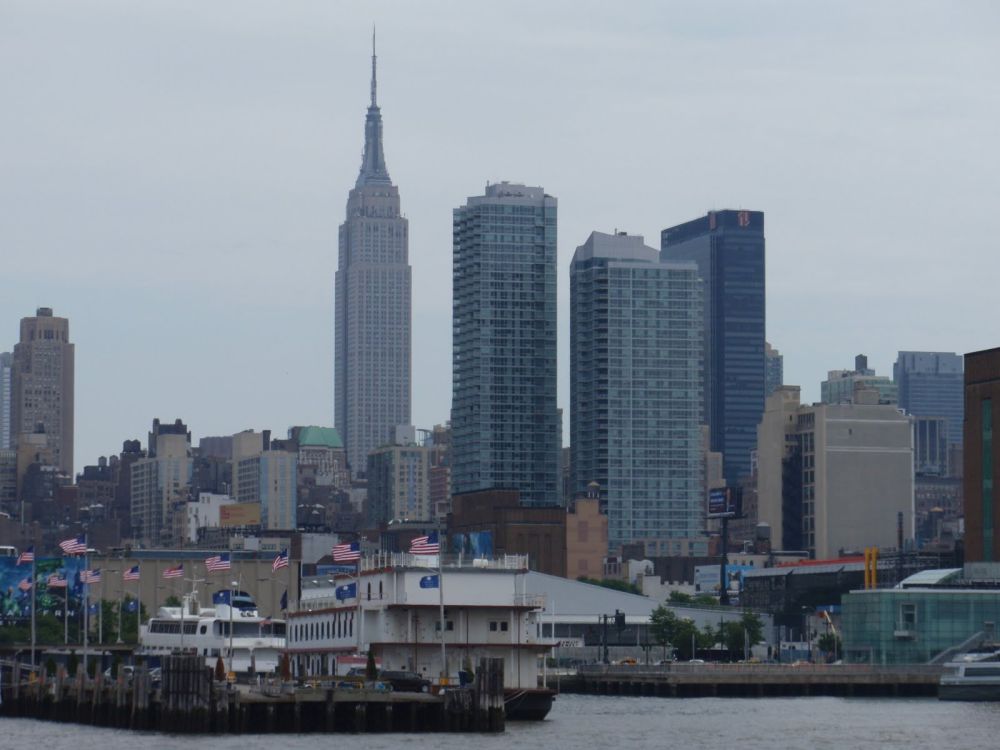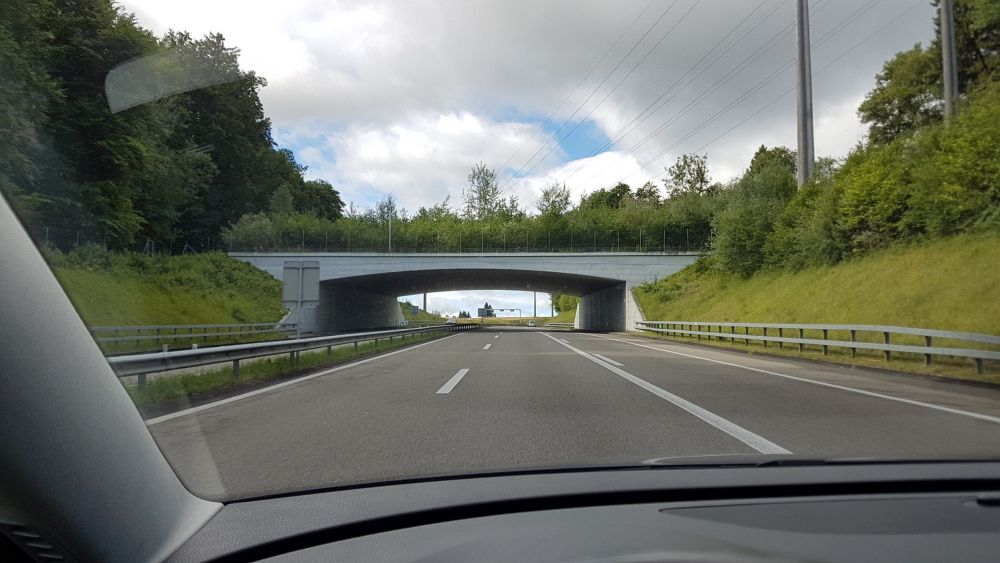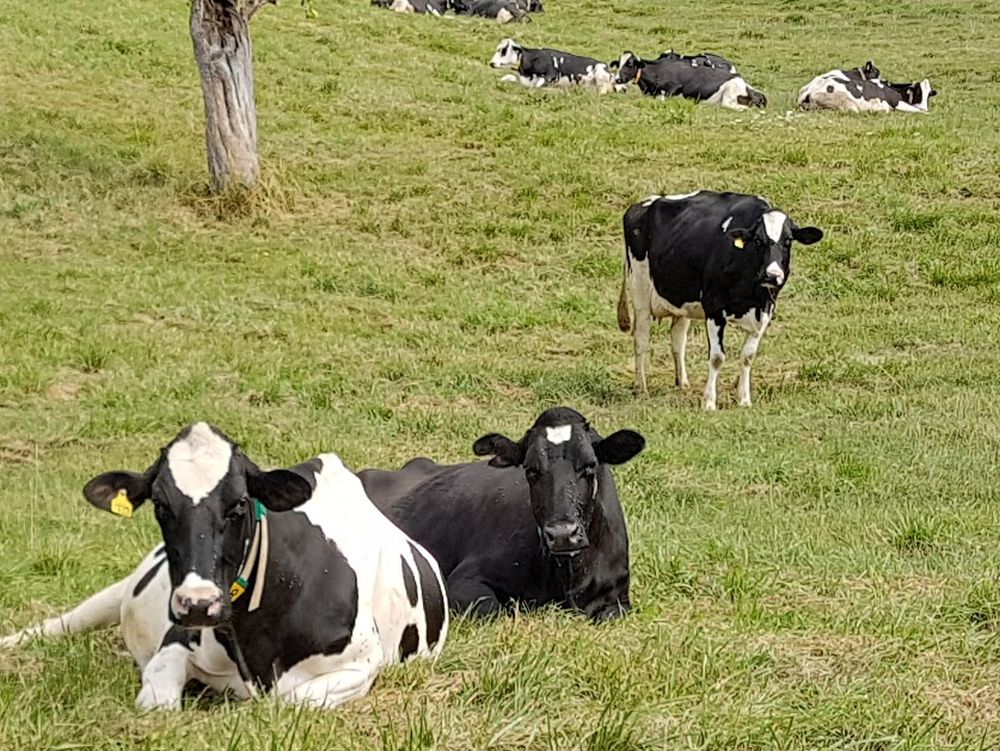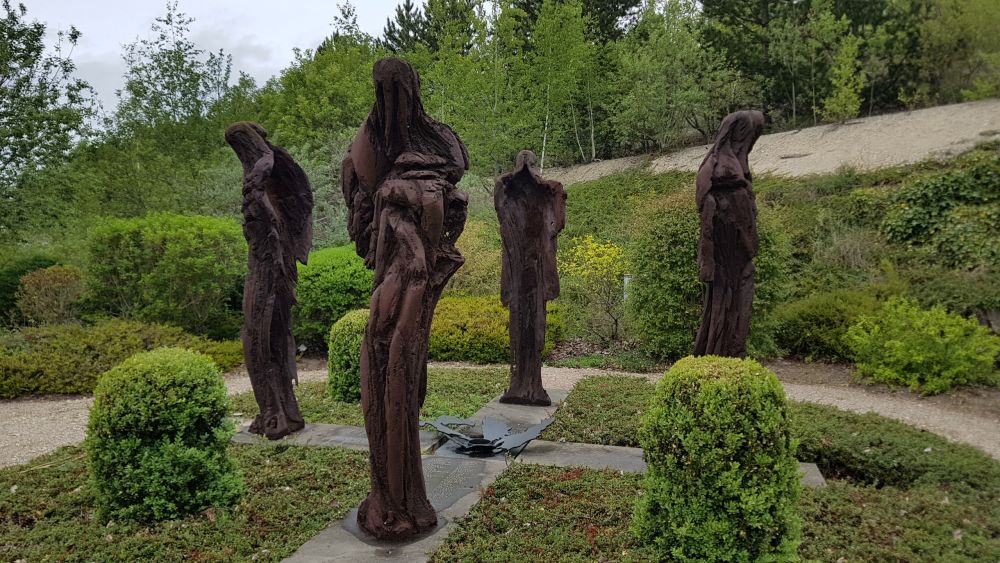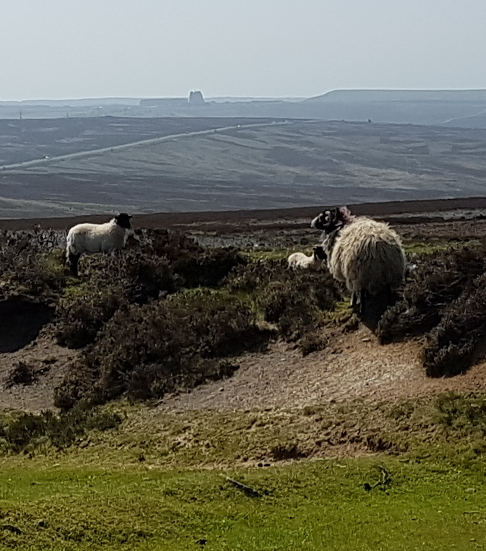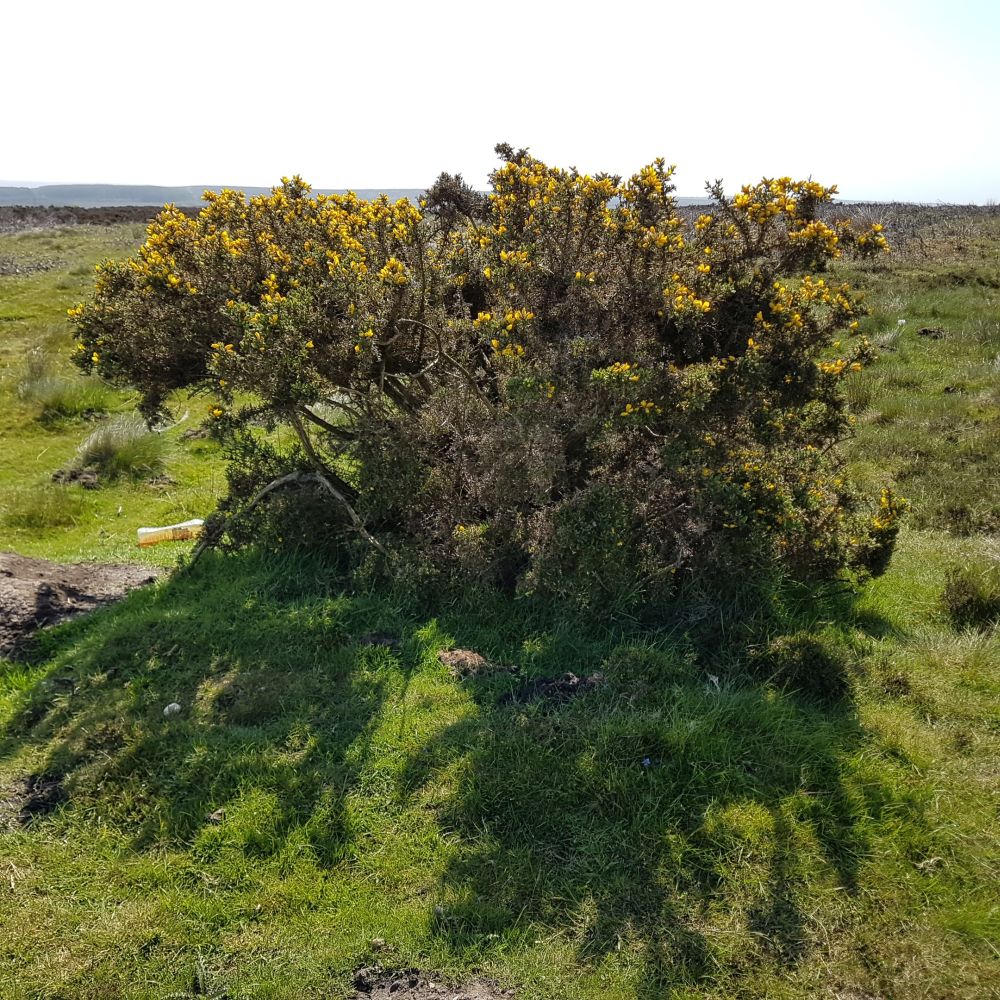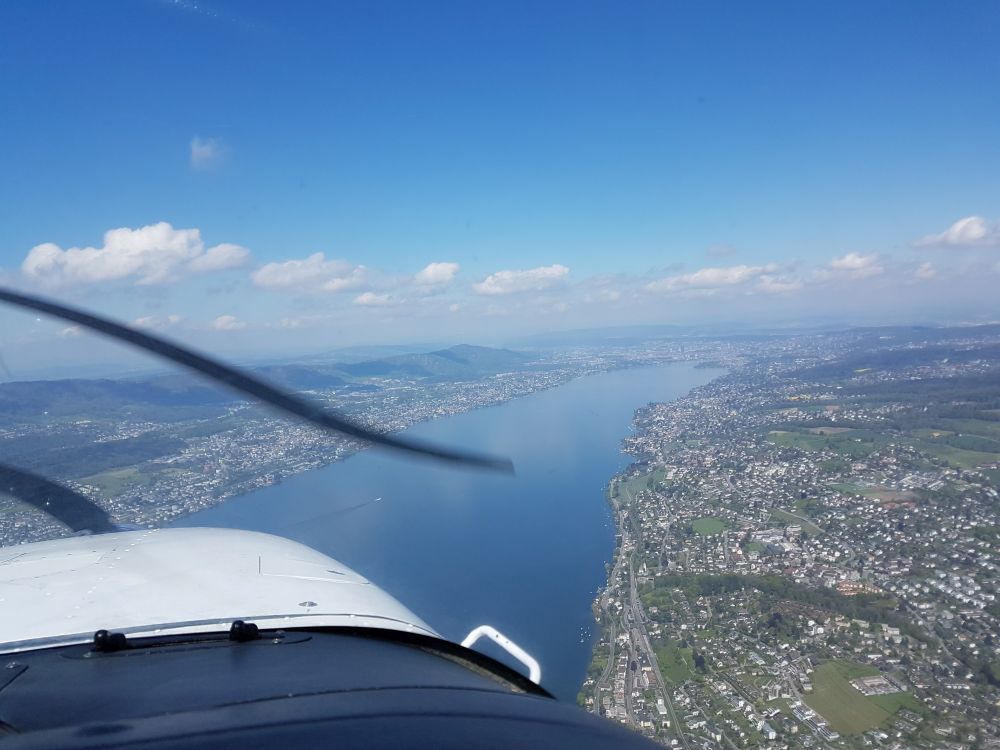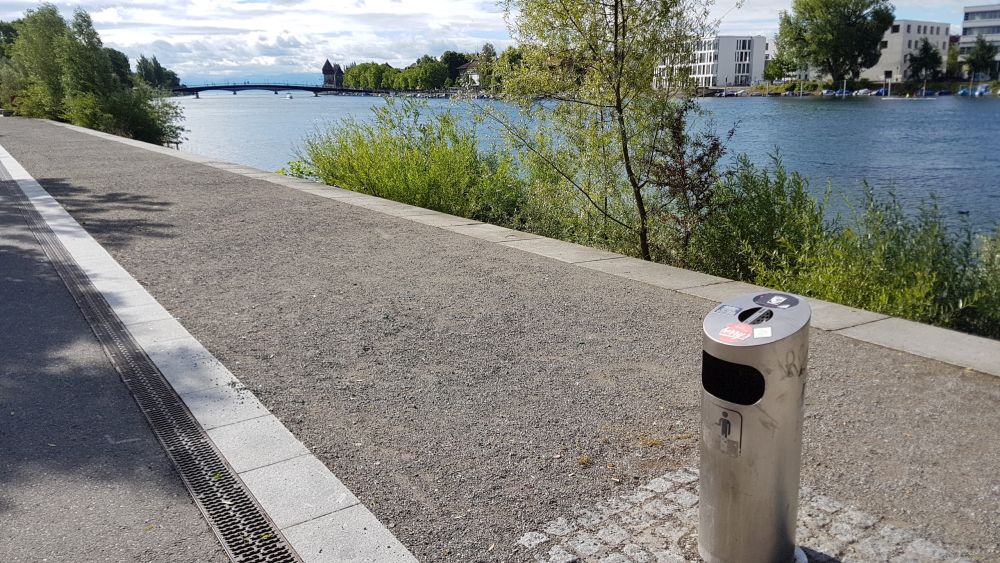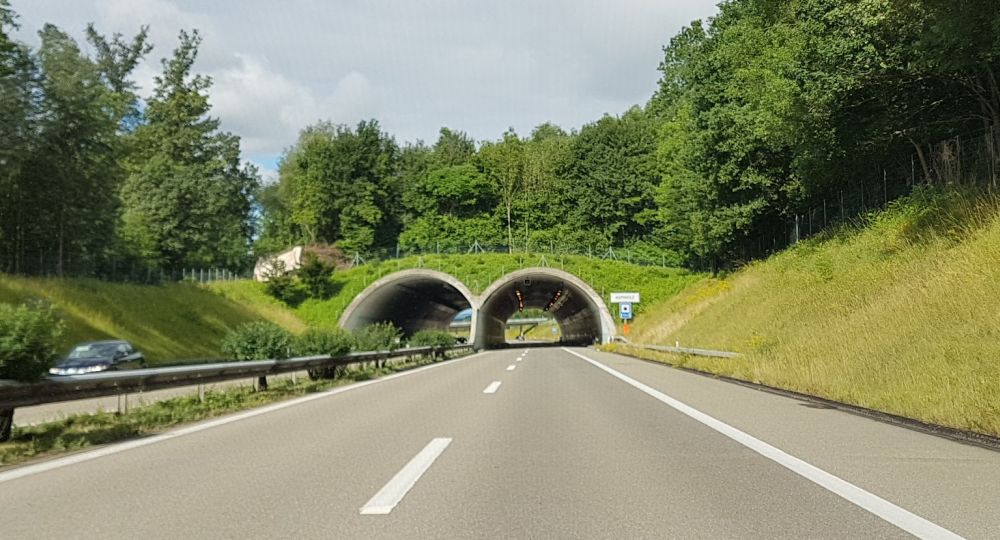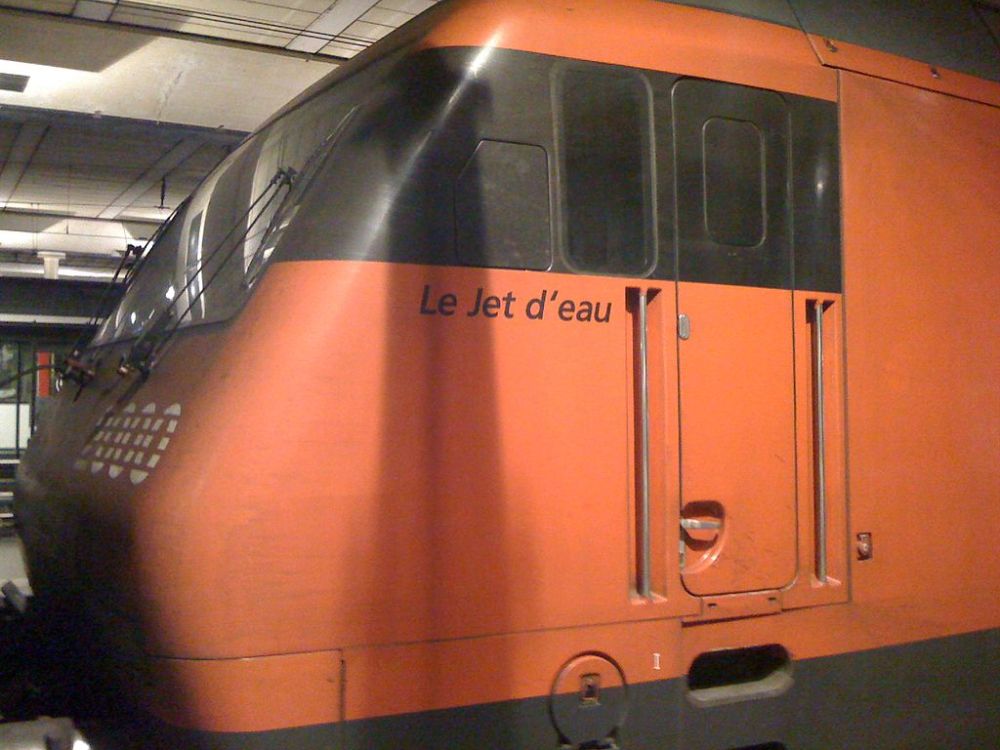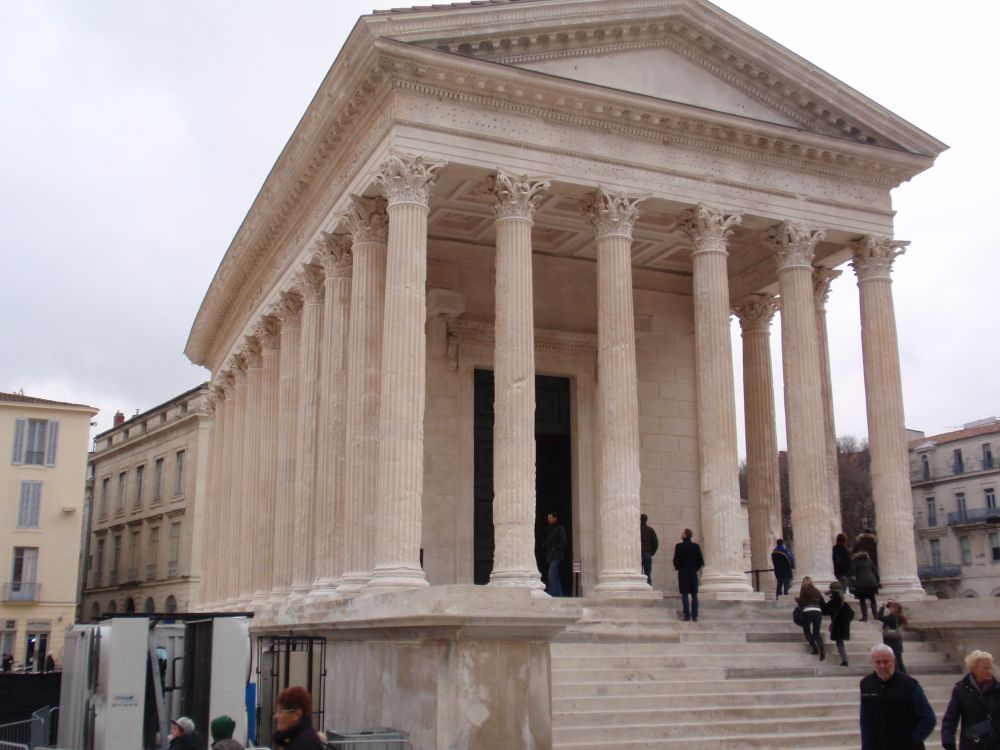The first time something happens, you don’t even think about it.
The second time something happens, you call it deja vu.
But the third time something happens, and when it is religious in nature, it isn’t just scary – it’s terrifying!
The first time it happened I had a rental car in the San Francisco Bay Area, and I got lost. So I pulled over to the nearest parking lot to check the navigation system, and this happened to be a famous Mormon temple. I never gave it a second thought.
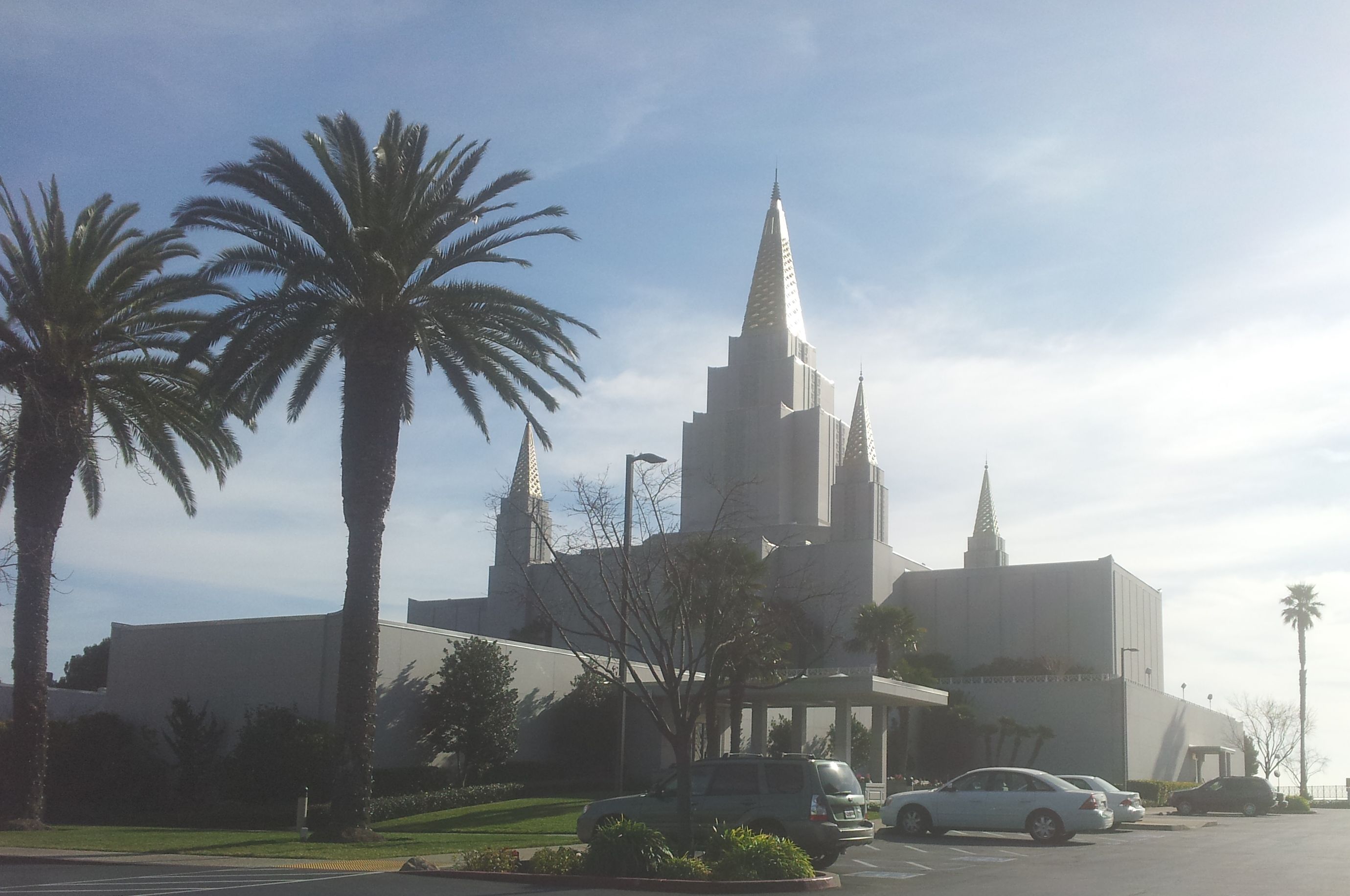
The second time it happened I had a rental car in the Chevy Chase neighborhood near Washington DC area, and I got lost. So I pulled over to the nearest parking lot to check the navigation system, and this happened to be a famous Mormon temple. I immediately thought, deja vu!
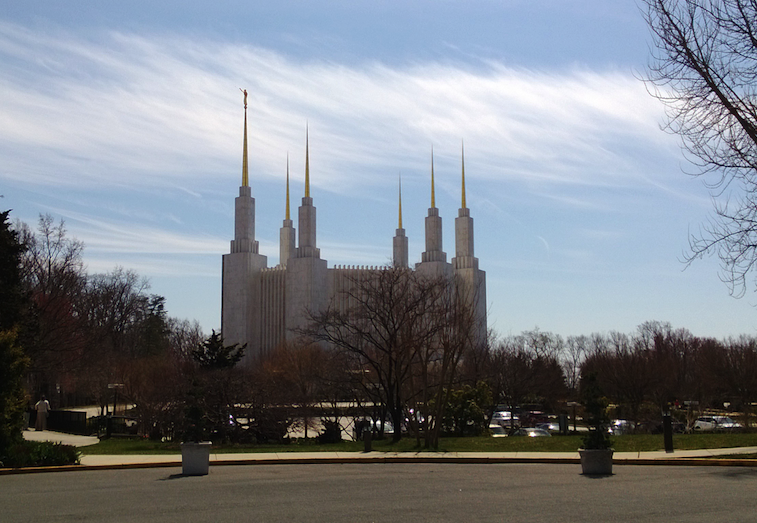
The third time it happened I had a rental car in the Burbank area of Southern California, and I got lost. So I pulled over to the nearest parking lot to check the navigation sysstem, and this happened to be a famous Mormon temple. I immediately thought: this isn’t just scary, this is now terrifying!
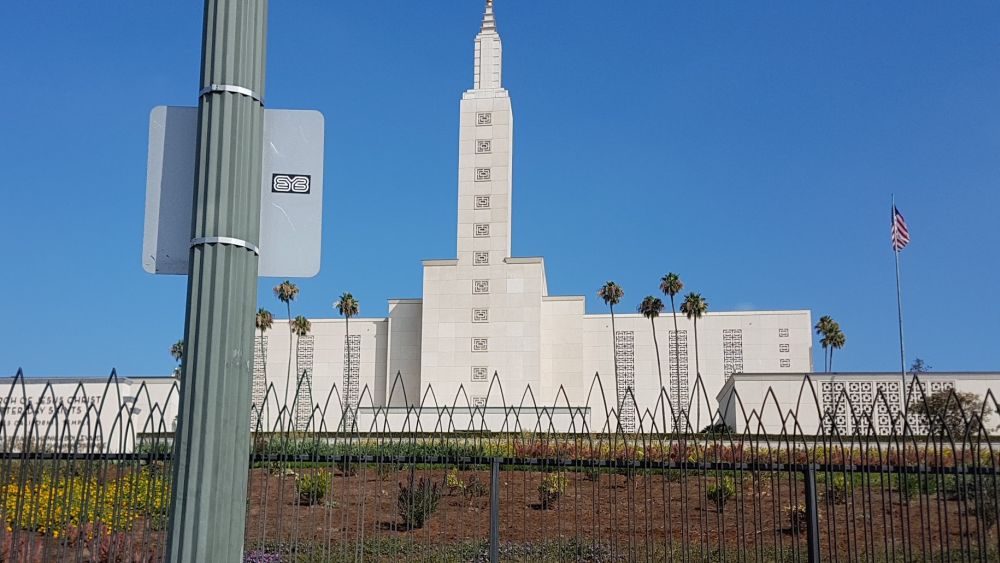
Now, I am not Mormon. But is something trying to tell me, I should become one?


